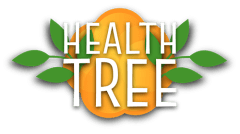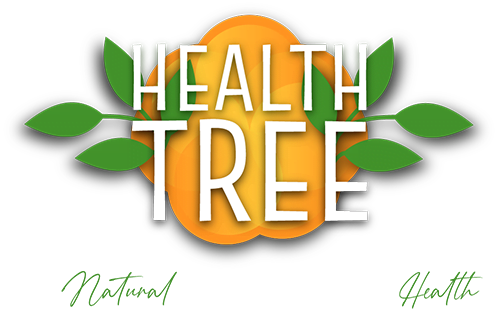One out of every seven Australians suffer from IBS, or irritable bowel syndrome. However, they often fail to treat this problem, mainly because it can be hard to diagnose. There is much we have yet to learn about this condition, though, and symptoms range from bloating, abdominal pain and nausea to diarrhoea and constipation.
Many people say that their IBS is actually gluten intolerance, but you have to be careful about misdiagnosing this issue. It could, in fact, be caused by an intolerance to some carbohydrates that are known as FODMAPs.
Discovering FODMAPs
The term FODMAPs is actually an acronym that stands for Fermentable Oligosaccharides, Disaccharides, Monosaccharides and Polyols. That means that they are short-chain carbohydrates that ferment quickly. You can find these in foods like pasta, biscuits and cereal as well as any wheat-based breads. Beyond those obvious culprits, though, you can also find them in some veggies, fruits and dairy items.
If you have FODMAP intolerance, then any of these carbohydrates your body doesn’t digest become water that is taken through the small intestine. They can go from there to the larger intestine and ferment as a bacteria food. That makes you have gas and different other symptoms of IBS. If your body is making a lot of gas, then it can make you feel bloated. You’ll also likely suffer abdominal pain and feel constipated or experience diarrhoea.
How to Have a Low FODMAP Diet
IBS research is the major focus for Monash University researchers in Melbourne. They have been specifically looking at dietary factors that cause IBS. Their research has identified a list of foods that can cause IBS symptoms, which they have labelled as high and low FODMAPs.
You can choose the foods you are able to easily digest and those your body will have trouble with from the list they have created. That means that you can make your own diet based on the information they have provided.
Here are some examples:
- High FODMAP Foods: Beetroot, plums, cashews, plums, peaches, wheat pasta, artichokes, asparagus, cow milk, yoghurt, soft cheese, ice cream, wheat-based Carlee and bread, and legumes.
- Low FODMAP Foods: Bok choy, bananas, carrots, mandarins, oranges, hard cheese, yoghurt and mil that are lactose free, fish, meat, chicken, tempeh, tofu, almonds, pumpkin seeds and gluten-free breads.
- A lot of abdominal issues are blamed on gluten intolerance, but the research from this university shows not only how important it is to eliminate wheat-based foods from the diet but also to have a diet that is as free from FODMAPs as possible.
- Monash University researchers recommend trying out a low FODMAP diet for six weeks and see how beneficial it can be. It’s best to consult with your healthcare professional before you make any diet changes to determine if this kind of diet is a good choice for you.
- If you think you may be suffering from IBS or some other digestive condition, then you should consult with your healthcare professional to be diagnosed. You don’t want to risk improperly diagnosing yourself.
- A lot of the products that are stocking grocery store shelves are designed for people who want to go in low FDMAP diet. You can medicate yourself with the right kinds of food and avoid expensive prescriptions. Let us know if you tried this diet out and if it worked for you.



